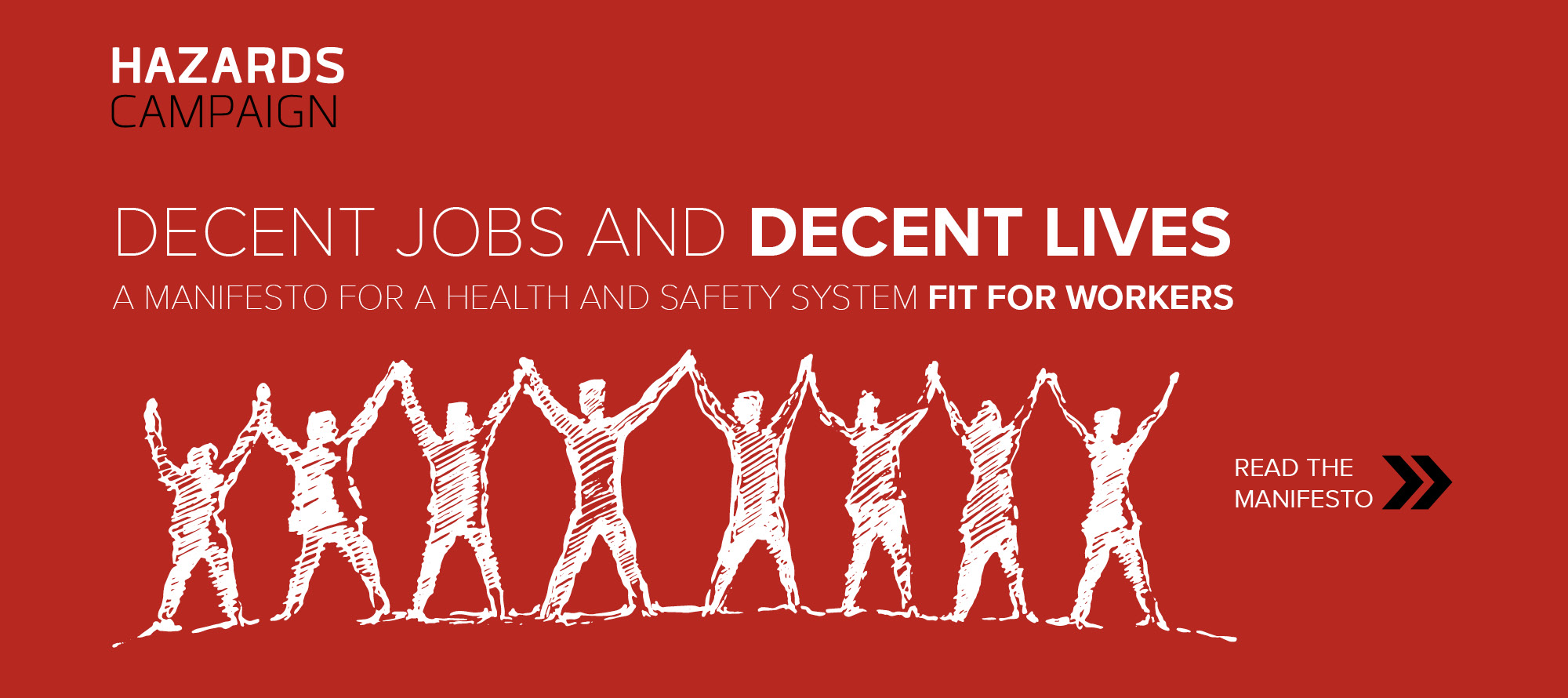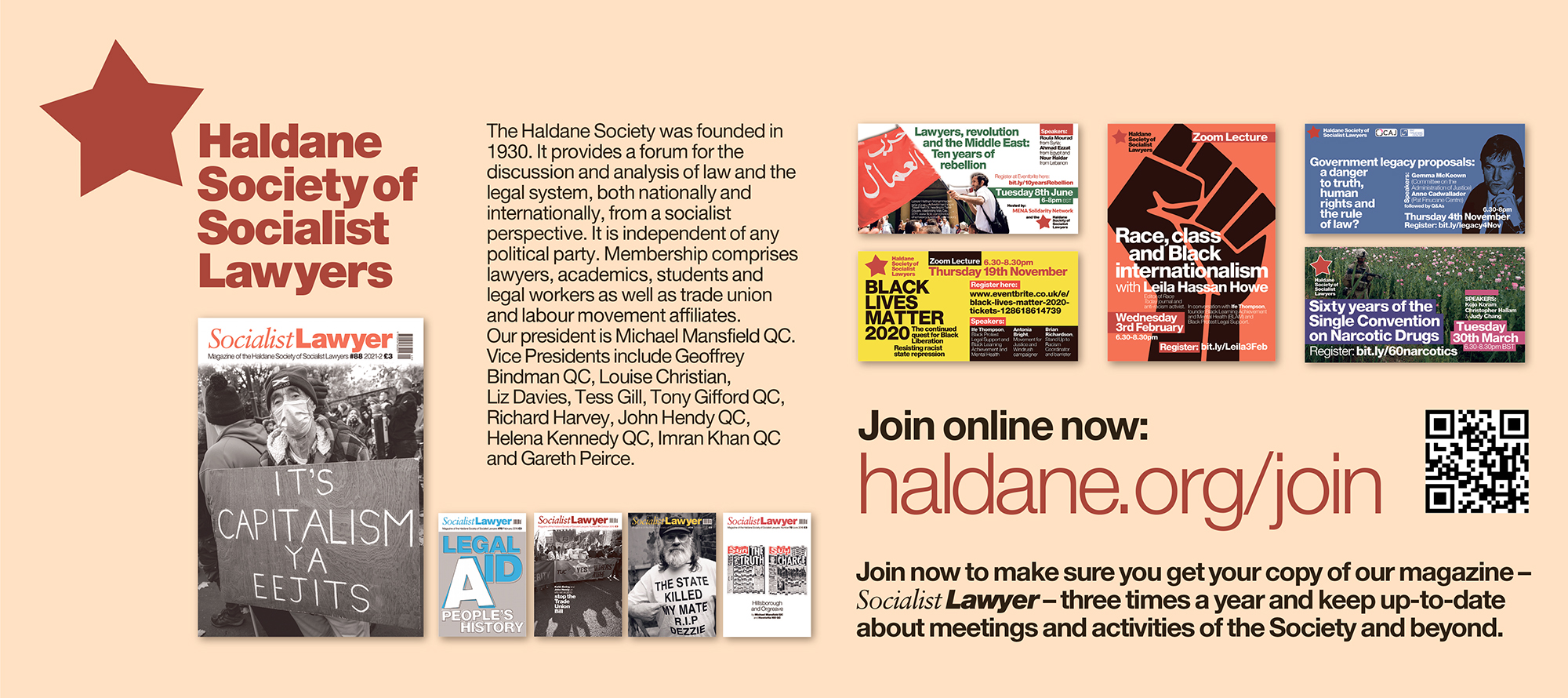Chancellor delivers tax hit to vulnerable “self employed”
10 March 2017 In his budget this week, Chancellor Phillip Hammond increased National Insurance Contributions on self-employed workers, but with a significant proportion of workers misclassified as “self employed”, this could hit the most vulnerable.
10 March 2017
In his budget this week, Chancellor Phillip Hammond increased National Insurance Contributions on self-employed workers, but with a significant proportion of workers misclassified as “self employed”, this could hit the most vulnerable.
Self-employed people now make up 15% of the workforce, and women are leading the rise, driving 53% of the increase in self-employment since 2008, but accounting for only a third of the total people who are self employed, according the TUC.
What’s more, the growth in jobs that the government has been boasting of in recent years has been largely propelled by “self-employment”. As much as 43 per cent of the net growth in jobs since 2008 has been classed as self-employment and the rate of increase is getting faster. But the self-employed are not better off – around 50% of the growth in this area of the workforce is for part-time work.
Last autumn, GMB won a landmark case at tribunal for the “self-employed” drivers at taxi firm Uber, who were found to actually be “workers” in UK law and therefore eligible for workers’ rights such as the minimum wage and holiday pay. Other firms with a similar business model, such as Deliveroo, have now come under attack and we can expect further tests of the “self-employment” classification in the future.
In 2015, Citizen’s Advice estimated the number of people in bogus self-employment at 460,000 people and by now it is likely to have risen further.
These workers will now have to pay more into the public purse, as Hammond has announced that National Insurance Contributions will rise for them from 9% this year to 11% by 2019.





